Search the Special Collections and Archives Portal
Search Results
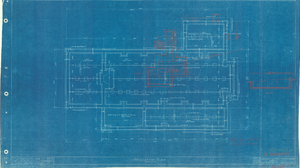
Architectural drawing of a pavilion for the Union Pacific System, Cedar Breaks, Utah, foundation plan, May 30, 1924
Date
Description
Foundation plan for pavilion at Cedar Breaks National Monument, Utah. "Dr. by JHK; Tr. by JHK. As constructed. W.O. 4878A. Sheet #1, Job #256. File 15706-A." "Scale 1/4"" = 1'0'."
Site Name: Cedar Breaks National Monument (Utah)
Image
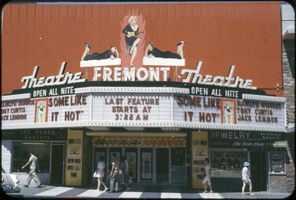
Slide of the Fremont Theatre marquee advertising "Some Like It Hot," Las Vegas (Nev.), 1959
Date
Archival Collection
Description
Image
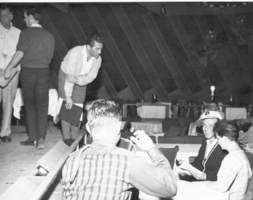
Photograph of Jack Entratter, Frank Sinatra and others during rehearsal, Las Vegas, 1954
Date
Archival Collection
Description
Jack Entratter (far left, wearing light sweater), Frank Sinatra (wearing cap), and several unidentified people during rehearsal at the Sands Hotel showroom.
Show Name: Ziegfeld Follies
Site Name: Sands Hotel and Casino
Image
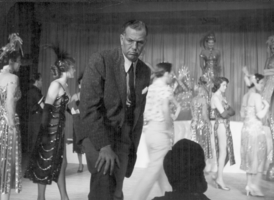
Photograph of Jack Entratter during rehearsals with the Copa Girls and Frank Sinatra, Las Vegas, 1954
Date
Archival Collection
Description
Jack Entratter during rehearsals at the Sands Hotel with the Copa Girls and Frank Sinatra (in dark, short-sleeved shirt, at the left of the photo) onstage in the background.
Show Name: Ziegfeld Follies
Site Name: Sands Hotel and Casino
Image
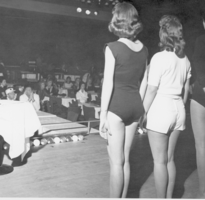
Photograph of Frank Sinatra and Jack Entratter watching the Copa Girls at rehearsal, Las Vegas, 1954
Date
Archival Collection
Description
Frank Sinatra (wearing cap) and Jack Entratter, both at far left, and several unidentified people watch the Copa Girls rehearse onstage at the Sands Hotel.
Show Name: Ziegfeld Follies
Site Name: Sands Hotel and Casino
Image
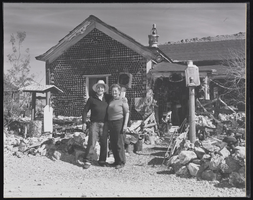
Bottle house: photographic print
Date
Archival Collection
Description
Image
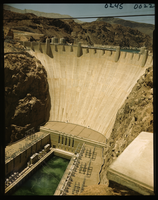
Film transparency of the face of Hoover (Boulder) Dam, taken from the downstream side of the dam on the Arizona side, May, 1947
Date
Archival Collection
Description
Image
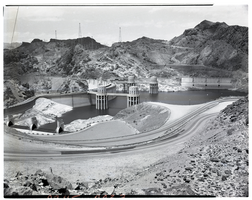
Film transparency of Hoover (Boulder) Dam, taken from the upstream side of the dam on the Arizona side, May, 1947
Date
Archival Collection
Description
Image
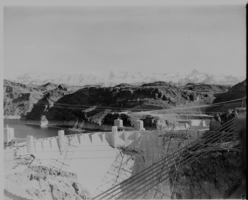
Film transparency of the face of Hoover (Boulder) Dam, taken from the downstream side of the dam on the Nevada side, May, 1947
Date
Archival Collection
Description
Image
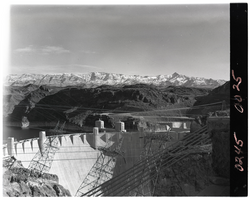
Film transparency of the face of Hoover (Boulder) Dam, taken from the downstream side of the dam on the Nevada side, May, 1947
Date
Archival Collection
Description
Image
